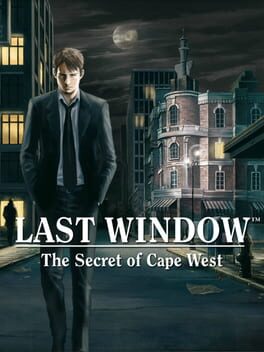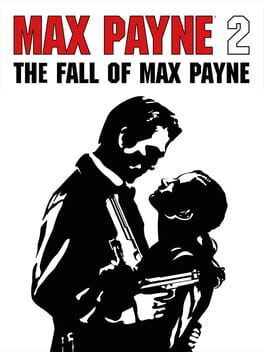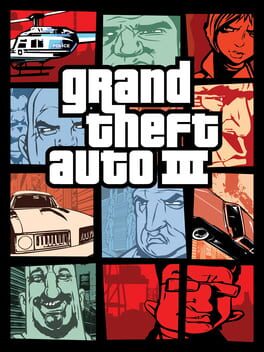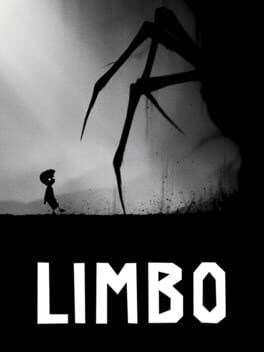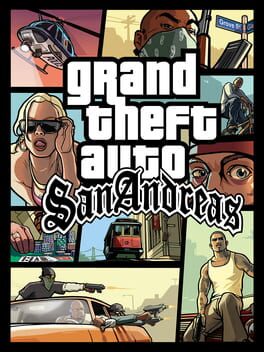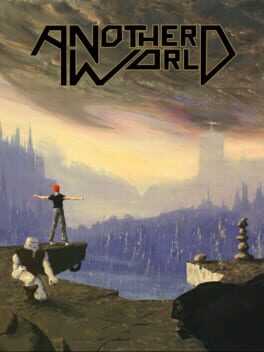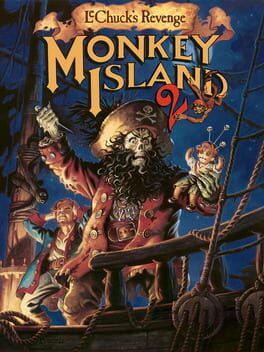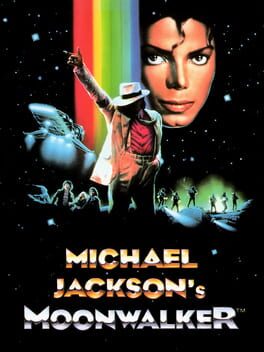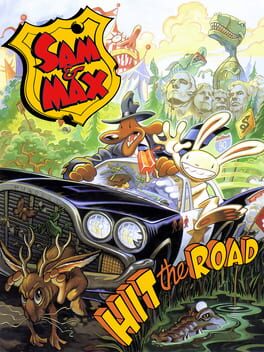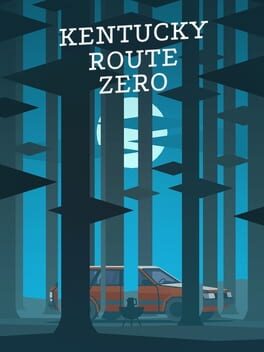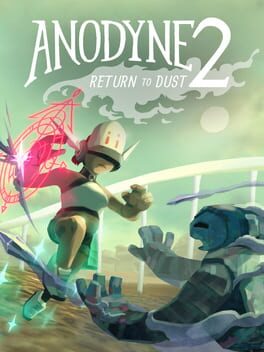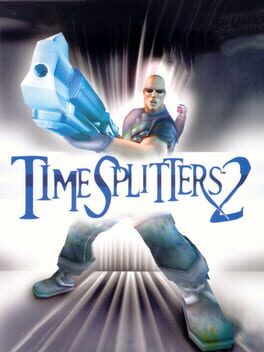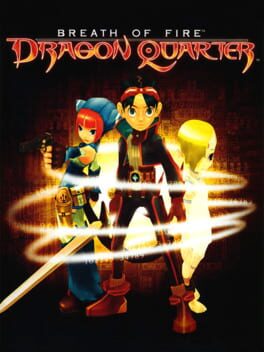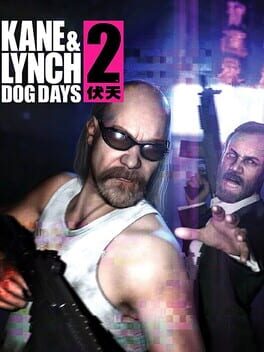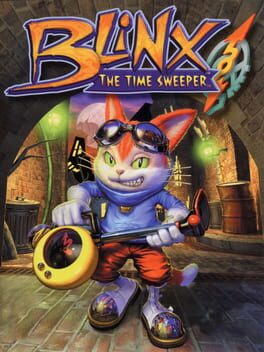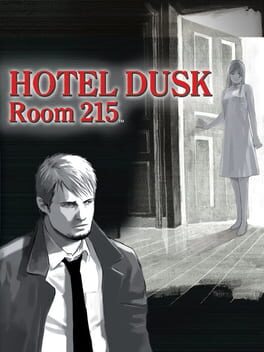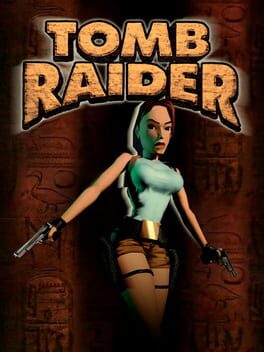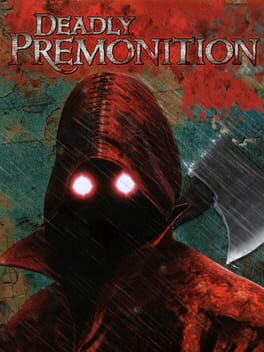ohcalypsoh
78 reviews liked by ohcalypsoh
Tevi
2023
The Legend of Zelda
1986
beaten for the first time without save states. it's pretty easy sailing for most of the game (especially given you can waltz into the very first dungeon busted as hell in regards to items and upgrades) until the second to last dungeon where it went to hell. extra heart containers, upgraded weapons/armor, and such can only go so far with some of the combat encounters.
i think this will always be a appreciate for what it is and what it did for the medium while never fully enjoying it by itself type thing for me.
looking forward to slowly working my way through the rest of the series. a lot of replays but there's a few that i've yet to beat in there too.
i think this will always be a appreciate for what it is and what it did for the medium while never fully enjoying it by itself type thing for me.
looking forward to slowly working my way through the rest of the series. a lot of replays but there's a few that i've yet to beat in there too.
Hotel Dusk will always have more personal significance as it was first and because of when it came out but this has been growing in my favor with each playthrough.
wonderful contained setting and cast of characters that ends up feeling larger than the first due to the stakes involved. the music is once again absolutely incredible with this possibly taking the crown for my favorite of the two.
hopefully the Another Code remakes did well enough for the Kyle Hyde saga to see something too.
wonderful contained setting and cast of characters that ends up feeling larger than the first due to the stakes involved. the music is once again absolutely incredible with this possibly taking the crown for my favorite of the two.
hopefully the Another Code remakes did well enough for the Kyle Hyde saga to see something too.
Starfield
2023
Struggled to put together my thoughts on this. Escalates from mediocre to engaging somewhere about ten hours in, followed immediately by an overwhelming sense of emptiness. All of Bethesda's quirks are here in the worst ways: dead mannequin npcs, clumsy systems that don’t quite cohere, a terrible main quest that drifts across the flimsy surface of alien artifact sci-fi stories.
But something worse about this one is the lack of texture. There are very few freaks, minor discoveries off the beaten path, companions that make you feel something (Nick <3). Everyone is so nice, the politics completely empty. Cities are so strange and dead, with sound design attempting to evoke the density of Night City but lacking any real scale - the abstraction of a fantasy setting no longer here to distract you from asking: why is this just one square block?
This must’ve been a monumental effort to produce, but why dedicate seven years to creating a pale echo of The Expanse, Mass Effect & Firefly? There are hints of another game in here - one with meaningful travel and fewer, more fleshed out worlds - that was abandoned prior to shifting to this smooth, soulless, bloated final form.
But something worse about this one is the lack of texture. There are very few freaks, minor discoveries off the beaten path, companions that make you feel something (Nick <3). Everyone is so nice, the politics completely empty. Cities are so strange and dead, with sound design attempting to evoke the density of Night City but lacking any real scale - the abstraction of a fantasy setting no longer here to distract you from asking: why is this just one square block?
This must’ve been a monumental effort to produce, but why dedicate seven years to creating a pale echo of The Expanse, Mass Effect & Firefly? There are hints of another game in here - one with meaningful travel and fewer, more fleshed out worlds - that was abandoned prior to shifting to this smooth, soulless, bloated final form.
Half-Life 2
2004
Removes the visual noise and circular paths from its predecessor and flows like an aqueduct. That it is one of the more linear games of its kind and yet also still feels more expansive than most is a thing of great mystery. Really it just does everything so well. To me it's the perfected rhythms of tension and release, of incentivizing forward momentum through novel affordances (weapons and vehicles), and of pure audiovisual affect: the game knows when to reveal a horizon or a sunset, and when to leave you buried or with the sun fading in the wrong direction, feeling in the shadows trapped and alone.
Half-Life
1998
Maddening and menial at times, but the helplessness of it is mesmerizing to a degree where its blemishes can almost be overridden. Audio design is a specific technical feature to this in that it influences the perceived helplessness; "crunchy" textures underlie the Houndeye's sonic windups and the Vortigaunt's lightning strikes, among other events, to form loud, indistinguishable sensory overload among crowds of enemies that can only be responded to with uncalculated shotgun blasts and long jumps. Being faced with enemy hordes in a first-person framing is not an innovation here (DOOM and Quake, of course, being inspirations) but, unique to its antecedents, there is a difficultly shaking off a feeling that for all of the experimental weapons to vaporize others with, Freeman's (or, rather, the self-insert for the player's confusion and franticness to be projected onto) lack of preparation is clear as day.
Xen, perhaps contrary to wideheld negative views among those surprised by its sudden shift in environmental curation (or, rather, a perceived lack of), suceeds in some ways to enhance helplessness giving the scarcity of its space with enemy crowds being the only ones to fill it. The gift of the Long Jump Module messages to the player that, similar to DOOM and alike, speed and momentum are the only antidotes to the bullseye that is Freeman in such a wide empty space as Xen's outside with a lack of companions to be found. However, the internals of Xen, specifically starting within Interloper, finds itself beset with a slippery physics engine that transforms platforming into a tedious task with little room for error or enjoyment to be found in pulling off such platforming. Jumps via the Xen Trampoline feel scattershot with trial-and-error required to understand how exactly to manipulate the GoldSrc engine's idea of momentum in order to find success in reaching far platforms, which especially makes the final boss fight almost a test of luck.
The limits of GoldSrc are worth re-emphasizing here given its quirks also creating potential frustration outside of Xen. Simple tasks such as moving crates backwards or sideways, for example, become unintuitive as a result of GoldSrc wildly pulling crates outside of the player's grasp. At certain points, Freeman may stick to corners while in cover from enemy gunfire which forces the player to reload their last save. Even moving can become a strange task at times due to Freeman's speed, which can prove tricky with areas that require almost pinpoint precision in navigating tight areas with deep depths.
Still, the franticness of moving through Black Mesa and Xen almost snuff out residual exhaustion from such engine frustrrations once they are dealt with. The aforementioned influence from iD Software gameplay is effectively recontextualized in a horror framing that frames combat as a last-measure tool which barely ensures survival rather than as a confident source of energy for the player's mindset. Shotgun blasts spread through Xen not as a measured signal of dominance, but rather as almost minute threats to an ecosystem at the brink of spreading its tentacles into Earth's vents and dams.
Xen, perhaps contrary to wideheld negative views among those surprised by its sudden shift in environmental curation (or, rather, a perceived lack of), suceeds in some ways to enhance helplessness giving the scarcity of its space with enemy crowds being the only ones to fill it. The gift of the Long Jump Module messages to the player that, similar to DOOM and alike, speed and momentum are the only antidotes to the bullseye that is Freeman in such a wide empty space as Xen's outside with a lack of companions to be found. However, the internals of Xen, specifically starting within Interloper, finds itself beset with a slippery physics engine that transforms platforming into a tedious task with little room for error or enjoyment to be found in pulling off such platforming. Jumps via the Xen Trampoline feel scattershot with trial-and-error required to understand how exactly to manipulate the GoldSrc engine's idea of momentum in order to find success in reaching far platforms, which especially makes the final boss fight almost a test of luck.
The limits of GoldSrc are worth re-emphasizing here given its quirks also creating potential frustration outside of Xen. Simple tasks such as moving crates backwards or sideways, for example, become unintuitive as a result of GoldSrc wildly pulling crates outside of the player's grasp. At certain points, Freeman may stick to corners while in cover from enemy gunfire which forces the player to reload their last save. Even moving can become a strange task at times due to Freeman's speed, which can prove tricky with areas that require almost pinpoint precision in navigating tight areas with deep depths.
Still, the franticness of moving through Black Mesa and Xen almost snuff out residual exhaustion from such engine frustrrations once they are dealt with. The aforementioned influence from iD Software gameplay is effectively recontextualized in a horror framing that frames combat as a last-measure tool which barely ensures survival rather than as a confident source of energy for the player's mindset. Shotgun blasts spread through Xen not as a measured signal of dominance, but rather as almost minute threats to an ecosystem at the brink of spreading its tentacles into Earth's vents and dams.
This review contains spoilers
This is love. When someone, no matter the cost, shows you there is hope, a choice that you can put down the gun.
More instinctive than the cold detective noir of the original. Payne runs on fear and painkillers, with every pulse of hesitation only delivered with a bullet lodged in his brain near-death. His infatuation with Sax is a desire to finally escape the role he has involuntarily taken on as a noir hero, enforced through the warning of ignoring free ammo on TV or in the Address Unknown funhouse where identity is erased under spinning columns and cut-out scientists and police finding a conspiratorial core to the city that can only be responded to with paranoia-fueled gunshots. Such desire is near-realized before snuffed out, with the only reality being a flight-or-fight reaction awaiting at every corner and the hope of another doomed angel from above descending someday.
More instinctive than the cold detective noir of the original. Payne runs on fear and painkillers, with every pulse of hesitation only delivered with a bullet lodged in his brain near-death. His infatuation with Sax is a desire to finally escape the role he has involuntarily taken on as a noir hero, enforced through the warning of ignoring free ammo on TV or in the Address Unknown funhouse where identity is erased under spinning columns and cut-out scientists and police finding a conspiratorial core to the city that can only be responded to with paranoia-fueled gunshots. Such desire is near-realized before snuffed out, with the only reality being a flight-or-fight reaction awaiting at every corner and the hope of another doomed angel from above descending someday.
Grand Theft Auto III
2001
From Claude's scrunched up face to his black jacket and weird green pants and the water that churns the colour of concrete, there is a heaviness to Grand Theft Auto III that more serious entries (IV) never matched. But there's also a brutal clarity to the space, where we are always able to see objects in relation to one another, and where collisions seem active instead of incidental. It's just a genuinely explosive game, from the way it looks to the way it controls. I heard someone say it's the purest of the series, and it's also one of the purest games. Where it lacks in atmospheric effects its distinctive grime textures carry the weight of the whole city, and if that's not enough there's the radio permanently tuned to the haunted vibrations of Scientist Rids the World of the Evil Curse of the Vampires.
Limbo
2010
Not yet at the stage where in-game GPS can be used as a crutch for overly dense or visually monotonous levelling, the world design of San Andreas is all interconnected backstreets and shortcuts, and the artful use of colour and texture to suggest interest or to assist the player in building a mental map of all the landmarks across San Andreas' diverse city. To move through it is to learn it intimately, to belong in it, and to read the space and know which escape route to follow under which circumstances. Every backyard and park and underbridge. The missions carefully ripple out from Grove St, introducing new territories bit by bit, such that the player is still able to connect familiar signs and buildings with new vistas, like stars to a navigator.
Then when it suddenly all becomes too much, the story goes that it's too much too. We're miles away in the country and it's night time and the spaces are far too open and now we're lost because we're in exile. CJ cannot go home. The intricate network of passageways that constitutes Los Santos (where it's always better to move by foot or bicycle) is replaced with bare hills and long, straight highways leading to new nowheres. That which once took hours on foot because it was bustling with life takes minutes by car, and the human textures of the world are lost to a shiny sameness that actively works to deflect player interest. The passage from Grove St is to the Desert of the Real, its veins running cold and efficient with the anonymity of hyperspace.
The emptiness of much of San Andreas outside of Los Santos is testament to its overambition, but this works well for its narrative where CJ must return from the desert back home. It also gives the landscape an air of mystery that has to be actively filled by player imagination, hence the accumulation of community myths concerning ghosts, cryptids, angels, and parallel dimensions. GTA V would attempt to tap into some of these narratives in order to control them, but in San Andreas it's the organic byproduct of players, glitches, and weird landscapes. It's the perfect synthesis of broken and polished gameplay and features, and because of its homely details and manic scope, still one of the biggest feeling games there is.
Then when it suddenly all becomes too much, the story goes that it's too much too. We're miles away in the country and it's night time and the spaces are far too open and now we're lost because we're in exile. CJ cannot go home. The intricate network of passageways that constitutes Los Santos (where it's always better to move by foot or bicycle) is replaced with bare hills and long, straight highways leading to new nowheres. That which once took hours on foot because it was bustling with life takes minutes by car, and the human textures of the world are lost to a shiny sameness that actively works to deflect player interest. The passage from Grove St is to the Desert of the Real, its veins running cold and efficient with the anonymity of hyperspace.
The emptiness of much of San Andreas outside of Los Santos is testament to its overambition, but this works well for its narrative where CJ must return from the desert back home. It also gives the landscape an air of mystery that has to be actively filled by player imagination, hence the accumulation of community myths concerning ghosts, cryptids, angels, and parallel dimensions. GTA V would attempt to tap into some of these narratives in order to control them, but in San Andreas it's the organic byproduct of players, glitches, and weird landscapes. It's the perfect synthesis of broken and polished gameplay and features, and because of its homely details and manic scope, still one of the biggest feeling games there is.
6 lists liked by ohcalypsoh
by wilx |
50 Games
by minusforever |
33 Games
by thehotrock |
24 Games
by minusforever |
185 Games
by thehotrock |
71 Games


